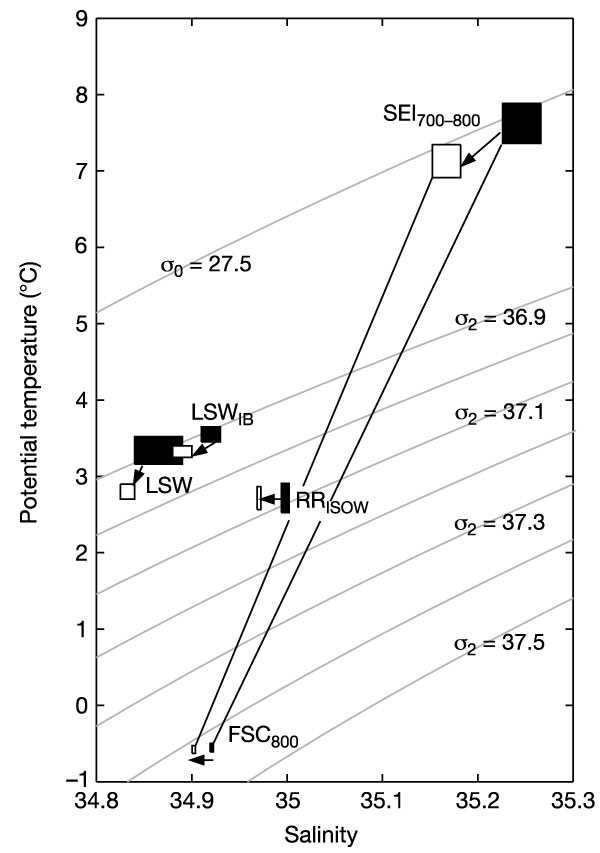Figure 3 Maintenance of the freshening rate of
Iceland-Scotland Overflow Water (ISOW) on its long spreading-path to the
Labrador Sea. This freshening rate is maintained by the ISOW entraining
or mixing with waters that are themselves freshening at an even greater
rate. This potential temperature–salinity diagram describes the mixing
relations in the South Iceland basin between overflow, entrainment and
LSW, and takes account of the changing character of each of these three
end-members between the 1960s (filled rectangles) and late 1990s (open
rectangles). Lines of equal density, referenced adiabatically to the
surface and to 2,000 dbar, are shown as  0
and 0
and  2,
respectively. Cold, dense water crossing the sill of the Faroe–Shetland
channel at 800 m depth (FSC800) will initially entrain
the warm salty resident water at around that depth as it passes westward
along the Iceland–Faroe slope. That end–member (SEI700–800)
is assigned the characteristics of water at 700–800 m depth from
immediately above the permanent thermocline in this region. The product
of any simple mixing between these two water-types would fall on the
line connecting them, so cannot explain the relative freshness of the
ISOW core (RRISOW) encountered further south against the
lower flanks of the Reykjanes Ridge. That freshening can only derive
from mixing with a component of LSW, the freshest end-member shown.
(Note that because data to describe the changing LSW-derivative in the
south Icelandic basin are sparse, we show the locus of that modified LSW
(LSWIB), and that of LSW at source, the latter predated by 5
years.) The present analysis suggests that RR is formed in the
proportions 43% FSC800, 31% SEI700-800, and 26%
LSWIB, although the recipe is approximate and can be expected
to change with time. 2,
respectively. Cold, dense water crossing the sill of the Faroe–Shetland
channel at 800 m depth (FSC800) will initially entrain
the warm salty resident water at around that depth as it passes westward
along the Iceland–Faroe slope. That end–member (SEI700–800)
is assigned the characteristics of water at 700–800 m depth from
immediately above the permanent thermocline in this region. The product
of any simple mixing between these two water-types would fall on the
line connecting them, so cannot explain the relative freshness of the
ISOW core (RRISOW) encountered further south against the
lower flanks of the Reykjanes Ridge. That freshening can only derive
from mixing with a component of LSW, the freshest end-member shown.
(Note that because data to describe the changing LSW-derivative in the
south Icelandic basin are sparse, we show the locus of that modified LSW
(LSWIB), and that of LSW at source, the latter predated by 5
years.) The present analysis suggests that RR is formed in the
proportions 43% FSC800, 31% SEI700-800, and 26%
LSWIB, although the recipe is approximate and can be expected
to change with time. |

